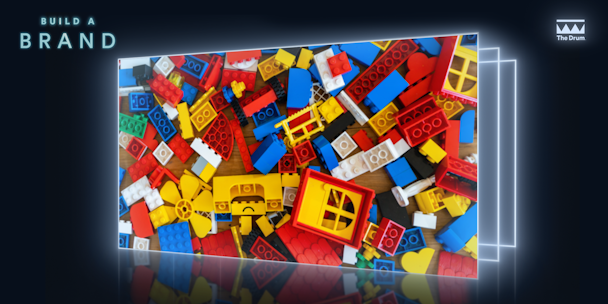How to build brand trust, lessons from Lego
You have brands that are grounded in trust like Lego, but you have others that are waking up to the realization that they need to embed trust into their businesses at a structural level. But how is that achieved?

Build a Brand series takes lessons from Lego’s trust building
Trust and purpose are no longer marketing and communications tools. The next generation of brand trust will be aligning it to a company’s remuneration system, employee incentives and internal systems. It’s no longer just what brands say, but it’s how it’s built into the culture and how that connects to ESG reporting.
Trust should be integrated at an infrastructural level and based on systems and actions rather than communications. Trust is also built over time and can’t be assumed from a brand’s launch. It’s about how a brand continually delivers on its promises and drives that kind of action around trust. It’s earned rather than asked of consumers.
Trust also means something completely different to different industries, the cultural context of trust is completely different. It’s not a size fits all of what trust means and how you do it.
Advertisement
Lego as a case study
Lego has been around for 90 years and has trust built into its design through ‘system in play’ meaning all elements fit together, can be used in multiple ways, and can be built together. This means that bricks bought years ago will fit perfectly with bricks bought in the future. Trust is built from the product up which then influences the production, distribution and partnerships.
Katy Woodrow-Hill, global brand director of cultural marketing at Lego, has previously said the ‘system in play’ trust notion guides which companies and people Lego works with; its agreements with suppliers, and how it behaves. The toymaker is also held accountable to children and parents, which adds another level of trust with its consumers.
Woodrow-Hill called on brands to reflect on what their impact is on the world beyond selling products or services. What do you believe your impact in the world to be and then build that brand story on that?
Advertisement
“It’s the value system, it’s a belief system. What’s kind of principles for that action do you want to take? And is there a really strong relationship between that and your business missions?” she asked. Then think about: “Where are you going? What are you aiming for? And what are the values that you need to achieve to that,” Woodhill-Hill said. Ultimately, if you don’t have the action and if you don’t have the system behind you, you can’t talk your way into being a trustworthy brand.
Then once this is figured out, marketers can build brand stories around that. It’s important to understand the balance between the action and the way to communicate that. When building brand stories around trust Woodrow-Hill said there are different “levers” that can be used depending on the context of the audience. “Trust will look and feel different to different audiences. It’s also being aware that there’s not a one size fits all trust, authenticity, brand value, depending on who you’re speaking to,” she added.
Suggested newsletters for you
Lego believes in children as role models, but Woodrow-Hill acknowledges this means something different in different markets. “It’s about being really clear about where we’re starting and then the levers you pull from a communications perspective might be different and it’s about respecting the communities you are tapping into,” she said.
Five ways to build trust
1. Be responsible
Businesses should always be striving to act in an ethical way and consider their impact on people and the planet.
2. Be authentic
Authenticity is earned and not a given, brands should work hard at understanding their audience and nurturing their community.
3. Be purposeful
Integrate clear values and mission into the organizational structure and communicate what you stand for. Brands should also positively contribute to society and culture. Purpose can be ideas and values unique to a category, to a product and to an audience.
4. Be reliable
Produce high-quality products that people trust and have longevity and create a quality customer experience that people will be satisfied by and keep returning to.
5. Be consistent
Consistency is key from a brand’s products through to its experience and communications.

